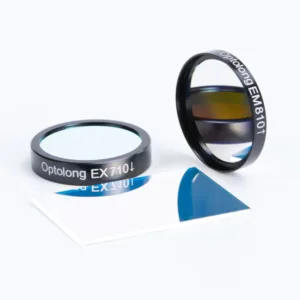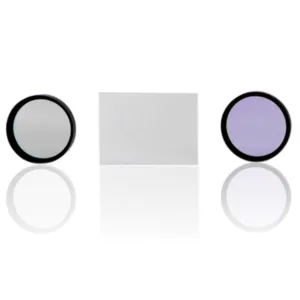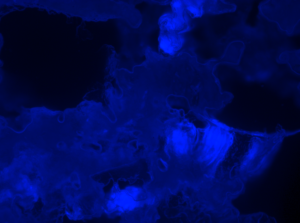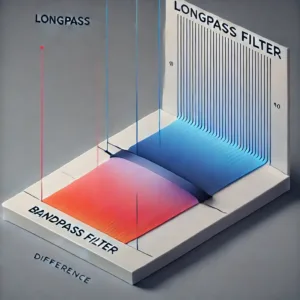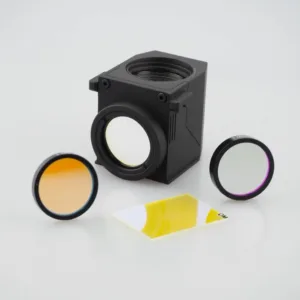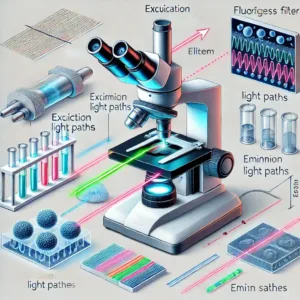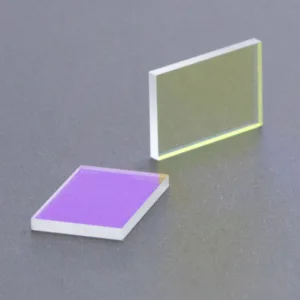-
Cy7 Fluorescence Filters: A Key Tool in Biological Imaging and Detection
A Cy7 fluorescence filter is a filter designed to detect and capture the specific emission wavelength of Cy7. Cy7 typically emits light around 775–800 nm, and its absorption peak is in the range of 750–770 nm. …
Read More -
Fluorescence DAPI Optical Filters: Enhancing Imaging Accuracy and Sensitivity
DAPI (4′,6-diamidino-2-phenylindole) is one of the most widely used due to its ability to stain DNA and reveal nuclei in blue fluorescence …
Read More -
Exploring the Role of Fluorophore Displayed Dyes in Advanced Microscopy Techniques
The choice of fluorophore is critical for maximizing imaging efficiency, reducing photobleaching, and allowing for multiplexed detection of multiple targets simultaneously. …
Read More -
Longpass vs Bandpass Filters: The Difference
Discover the key differences between longpass and bandpass filters, including their light transmission properties and specific applications in optical systems. …
Read More -
Impact of Optical Filter Quality on Imaging Accuracy
Explore how the quality of optical filters influences imaging accuracy, impacting light transmission, color precision, and overall image clarity in advanced optical systems. …
Read More -
Reflection and Transmission Efficiency of Dichroic Mirrors
Discover how dichroic mirrors optimize light by selectively reflecting and transmitting wavelengths with high efficiency. …
Read More -
How Does a Polarizing Beam Splitter Work?
Explore the science behind polarizing beam splitters, which precisely control light direction and polarization for various optical applications. …
Read More -
Fluorescence Filters for Biological Imaging
Fluorescence filters enable precise wavelength selection in biological imaging, enhancing detection of specific fluorescent markers for accurate microscopy results. …
Read More -
What Are the Applications of Dichroic Mirrors?
Dichroic mirrors are used in optical applications like fluorescence microscopy, and laser systems to selectively reflect or transmit specific wavelengths. …
Read More -
UV Bandpass Filter Applications in Life Sciences
UV bandpass filters play a crucial role in life sciences by allowing precise wavelength selection for fluorescence imaging, DNA analysis, and other biological research applications. …
Read More

